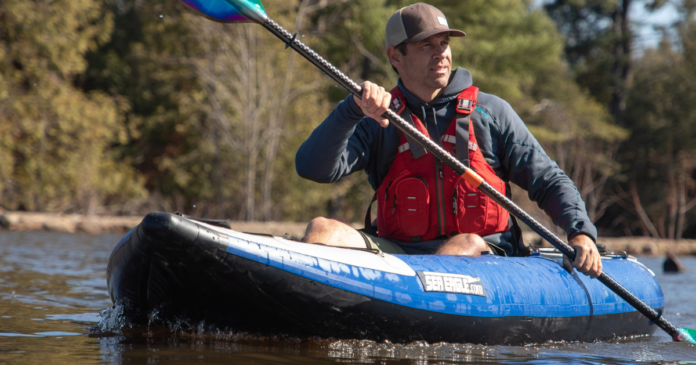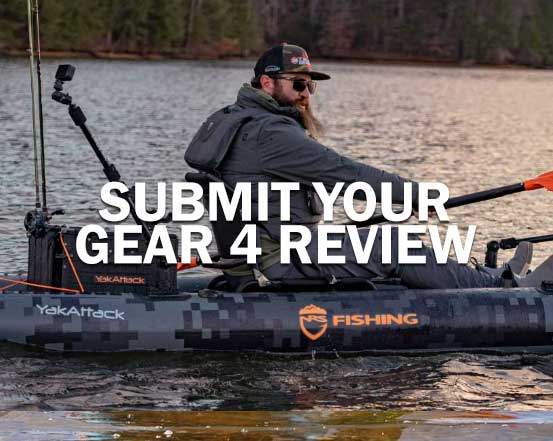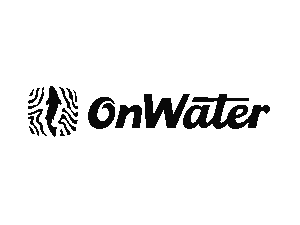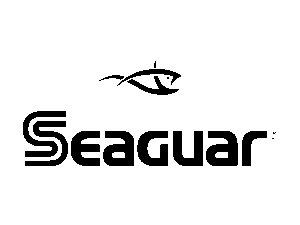Today I'm going to pit 3 of my favorite best-selling recreational kayaks on the market in a head to head (to head) comparison. Subscribers to PaddleTV then might have seen that I gave the Wilderness Systems Pungo and the Sea Eagle Razorlite 393rl Kayak of the Year awards for 2021. Recently, I also got to test out the Sea Eagle 380x and *spoiler alert* I loved this one too!
Even though I'm singing the praises of all 3 of these kayaks, it doesn't mean that they're equally as good at all things. A kayak will excel in certain areas, and then it becomes a matter of if those strengths suit your needs/preferences. So let's run through the key categories and help you decide. Which of these three recreational kayaks is the best one for you?
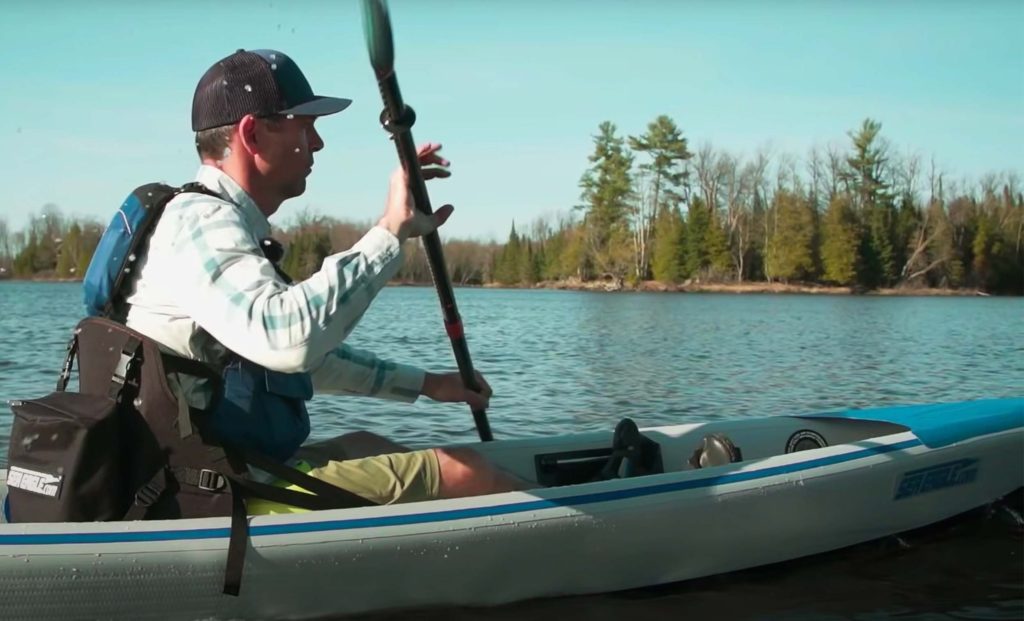
Portability of Kayaks
This one is a no-brainer since the two Sea Eagle kayaks are inflatables. They are designed specifically to be portable and both fit in a backpack. The Wilderness Systems Pungo, on the other hand, is a 12-foot hard-shell that weighs about 50-pounds. Now, if compared to other models in its class, the Pungo is relatively manageable for a single person to carry. It just can't compete against inflatable kayaks.
Durability of Kayaks
This time the tables turn in favor of the hard-shelled Wilderness Systems Pungo. This kayak is made of a durable polyethylene. Think sporty tupperware container. The Pungo can hold its own against those accidental abuses and keep coming back for more.
The inflatable Sea Eagle kayaks are surprisingly durable. It is a common misconception that inflatables can be punctured easily. That may have been true a decade ago, or for lower-end options, but the Sea Eagles are built to last and have demonstrated that across some pretty wild and remarkable durability tests.
The thing to watch out for is actually maintaining the valves. If you get a lot of sand or dirt in your boat and don't wash it away then that can cause a slow leak in the valves. The valves have to be replaced when you don't clean the sand or dirt. Compared to the hard-shell Pungo, the Sea Eagles don't measure up, but if you treat the inflatable Sea Eagles reasonably well, then you can still have confidence in their durability.
Free kayak safety course online
I thought I would interject with another shout-out to the American Canoe Association (ACA) free online paddling course. Paddling is generally safe and enjoyable, but when things go wrong, they can go south very quickly. Often, a bit of key information can make the difference between an inconvenience and a disaster. And did I mention it was free? I highly recommend you click this link and take the course.
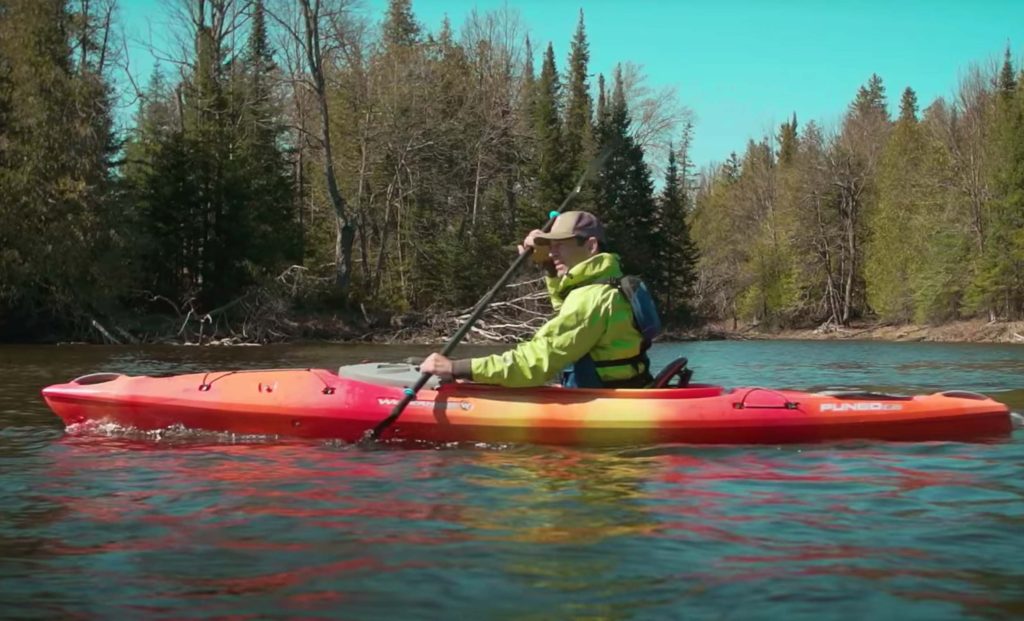
Stability of Inflatable vs Hard Shell Kayak
This is the first category that requires us to look past the inflatable vs hard-shell dynamic. The 39-inch-wide Sea Eagle 380x (explorer) is hands-down the most stable of the three kayaks. It was designed to be flip-proof until you get to about Class 3 or 4 water.
Next in line would be the much slimmer, 29-inch-wide Wilderness Systems Pungo. It's not top-dog in terms of primary stability (i.e. how it feels when sitting flat). What it does have is excellent secondary stability (i.e. how it feels when on edge). Since the 380x is so wide, secondary stability doesn't even come into play. This is one of those automatic stability vs performance trade-offs that come into play when selecting a kayak.
Obviously, that leaves the Razorlite 393rl in third place. This kayak is the slimmest of the three and therefore least stable. By no means is it an unstable kayak. This is simply a tiered breakdown.
Performance of Hard Shell vs Inflatable Kayaks
In terms of each kayak's performance, I'm evaluating three things: speed, maneuverability, and the ability to handle rough waters.
Sea Eagle 380x
Since Sea Eagle 380x is the widest, and it has a flat hull. it is naturally much slower than the other two. It can, however, maneuver incredibly well for a 12-foot kayak. This makes it great for tight rivers, creeks, in current, and (to cover off the last criteria) whitewater. To further assist its rough-water performance, the 380x has 16 drain plugs to help manage those waves and big splashes. The 380x is a jack-of-all-trades boat that won't break records but it will perform well across-the-board.
Wilderness Systems Pungo
Next up is the Wilderness Systems Pungo. This guy blends speed and efficiency exceptionally well. This race combo is one of the reasons why it is one of the top-selling kayaks in the world. The Pungo travels efficiently through the water, especially for a 12-foot boat. On the flip-side, it isn't the most maneuverable thing around. Because of this, and the fact that it can easily swamp, the Pungo is not suited for rough waters. I recommend capping your Pungo adventures at Class 1 moving water.
Sea Eagle Razorlite 393rl
Finally, the Sea Eagle Razorlite 393rl is another zippy kayak, especially for an inflatable. It doesn't quite have the same deadly combo as the Pungo. But so far it's a triple-threat in terms of portability, moderate stability, and good paddling efficiency. What it does lack is maneuverability. It isn't designed for handling rough conditions. Because it is an inflatable kayak, that extra air volume, combined with some drain plugs can help the 393rl stay afloat even when faced with some water spilling into the cockpit.
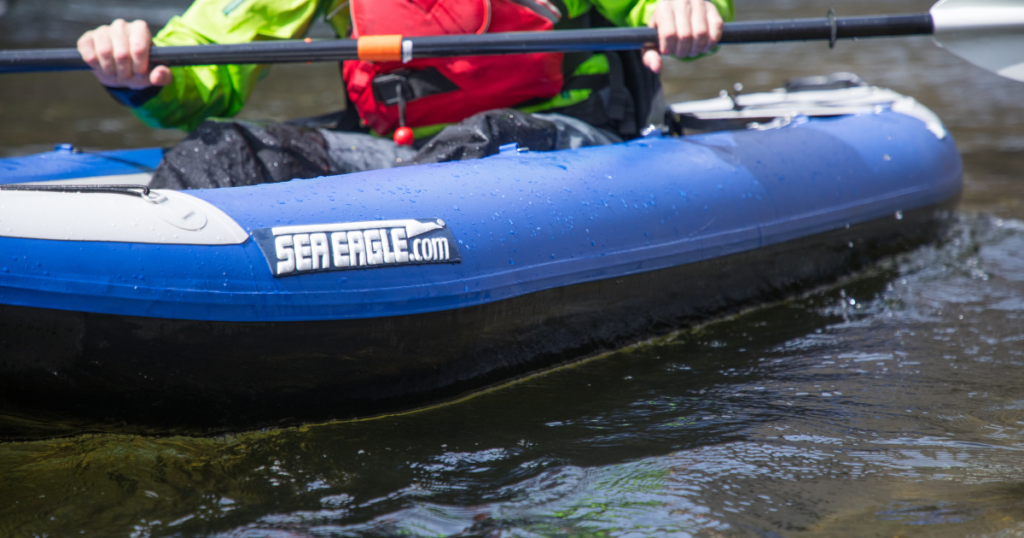
Final Scorecard: How to choose a kayak?
The Sea Eagle 380x is for someone who wants a super-stable kayak and/or something that can handle the full spectrum of conditions, from flat-water to whitewater. The only catch is that it's a bit of a slow-poke. At the time of this review, the 380x has packages starting at $899 (USD). This makes it the cheapest of the three, and therefore the most appealing for price-conscious shoppers.
The Wilderness Pungo is for someone who wants a fast, stable, and higher-performing kayak (in modest conditions). The Pungo isn't as portable as the inflatable competitors, but as long as you have somewhere to store it, transporting it shouldn't be too much of an issue. Right now, the Pungo retails for $1,189. This makes it the most expensive kayak on this list, but still within shouting-distance of the others, and super competitive in that multi-faceted, hard-shell market. The only thing to keep in mind is that prospective Pungo owners will have to purchase a paddle.
The Sea Eagle Razorlite 393rl is also for someone looking for some flat-water speed and is willing to sacrifice a bit of stability to get it. This person might also need, or would certainly appreciate, the portability and stowability of the inflatable design. The 393rl has packages starting at $1,099, which like its Sea Eagle companion includes a paddle.
So in the end, it all comes down to what you're looking for. All three of these kayaks share some similar attributes while also standing above the crowd in their own unique ways. I hope this review helped you make sense of those key differences, as well as some of the more subtle points. For more gear reviews, how-to videos, and adventures subscribe to our newsletter.
Disclaimer: This article includes affiliate links where Ken Whiting earns a small commission if you make a purchase at no additional cost to you, but it’s a great way to show your support. Thanks!



